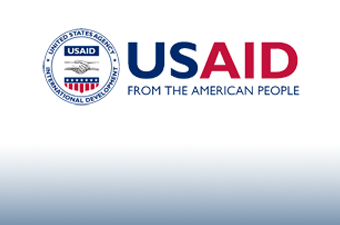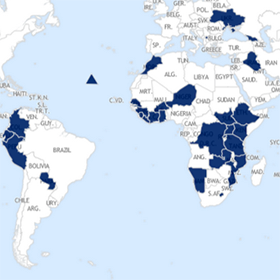A guest post by Zemen Haddis Gebeyehu, Senior Agriculture Policy Advisor, USAID/Ethiopia
With 83 percent of its population living in rural areas, Ethiopia is one of the least urbanized countries in Sub-Saharan Africa. Agriculture remains the main economic activity of the rural workforce. However, migration from rural areas to cities has been increasing in recent years. This week, I will present a paper that examines the relationship between migration and the land and rural development policies of Ethiopia. The study tests the hypothesis that Ethiopia’s land and rural development policies influence the dynamics of rural-urban migration in ways unanticipated by the policies.
The Constitution of Ethiopia vests all land in the Government of Ethiopia. While rural residents are entitled to indefinite-term use rights to land, the existing land laws discourage landholders from pursuing non-agricultural livelihood strategies away from their holdings. The laws restrict land rental markets and mandate that landholders farm their land or risk losing it through redistribution or expropriation.
As in many countries in the region, farm sizes in Ethiopia are decreasing as a result of population pressure, which results in increased subdivision to allow successive generations’ access to at least a small plot for farming. On the one hand, limited rural land availability may incentivize rural-urban migration, but, on the other hand, land rental restrictions may reduce incentives to migrate by increasing the costs of leaving rural areas. Nonetheless, the combination of improved job and income opportunities in urban areas and deteriorating living conditions in rural areas appears to favor migration.
Despite diminishing farm size and increasing population pressure, the agriculture sector has continued to heavily dominate the rural economy. Notwithstanding attempts to diversify, the lack of capital and skills in rural areas constrain the promotion of non-agricultural activities. At the same time, although the country’s development policy emphasizes the agriculture sector, the available arable land is not able to provide a sufficient livelihood for the growing rural population. Moreover, the rural areas have been deprived of critical infrastructure, such as roads, markets, electricity, communication technologies, and skills development institutions. Absent significant reforms, this lack of investment in rural areas and competition for increasingly scarce arable land is likely to result in increased rural-urban migration.
Although further research is needed, this work suggests the need to consider removing or reducing restrictions on land transfers. Support for land rental markets that is combined with investments in capacity building and rural infrastructure could reduce land pressure and combat the unsustainable subdivision of farmland. Over time, these reforms could both increase investment and job creation in rural areas and reduce rural-urban migration by allowing successful farmers to expand their landholdings through rentals and helping others to successfully transition into non-agricultural livelihoods in rural areas.
If you are attending the World Bank’s annual Land and Poverty conference, the presentation takes place at 1:00 – 2:30 pm on Monday in a session on country level implementation. Read Rural-Urban Migration and Land and Rural Development Policies in Ethiopia.




